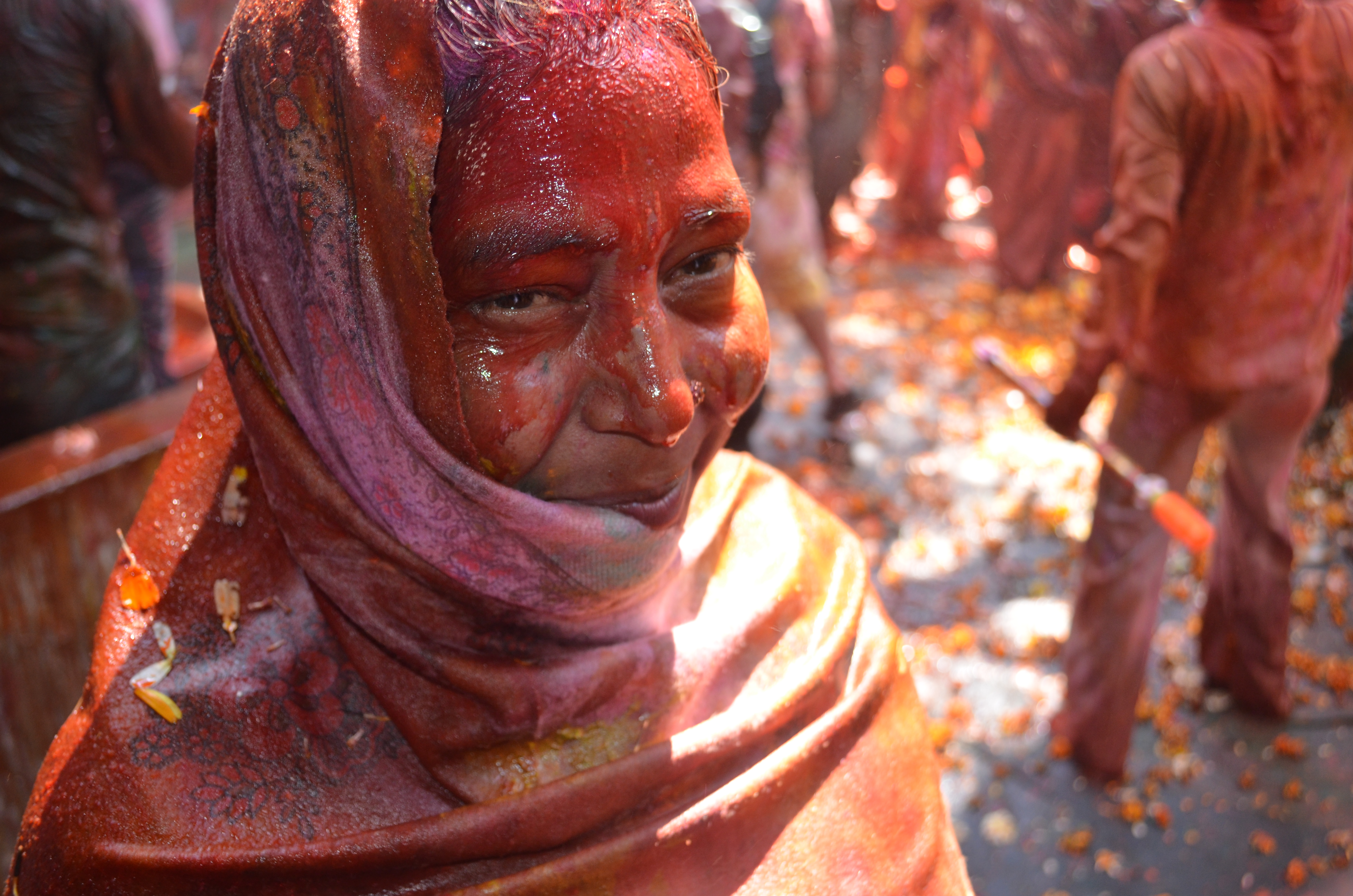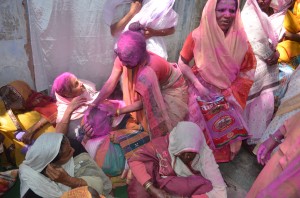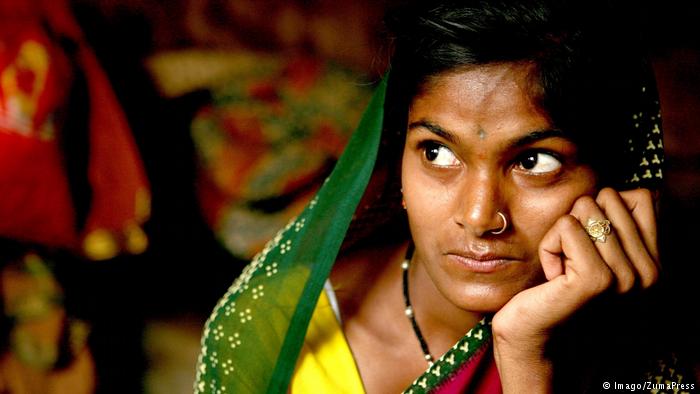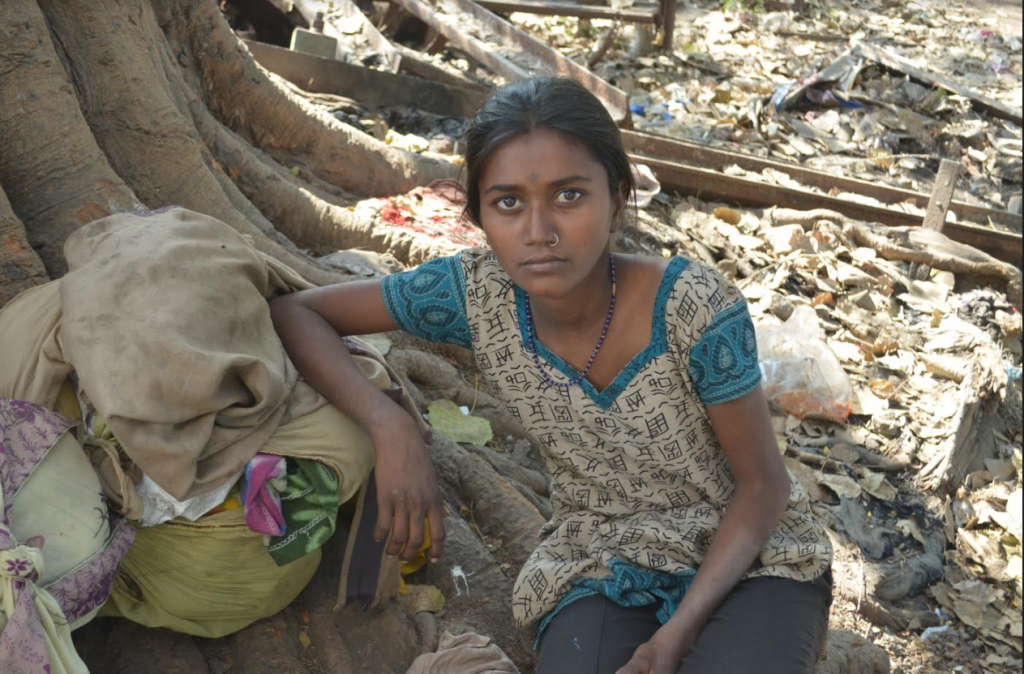A splash of color to break free
It was an eye-opener to return to Vrindavan, a holy and dusty town in northern India steeped in the lore of Lord Krishna. For years, this town, christened the ‘city of widows’ has been the home of women from many parts of the country’s rural hinterland, particularly from West Bengal.
Last year, newly-wed, but widowed women, middle-aged mothers and elderly women who could barely walk were having a tough time. Many were forced to turn to begging to survive and at times spend much of their day singing devotional songs in exchange for a hot meal and a few rupees. Their pitiable living conditions forced India’s Supreme Court to call on the government to improve the conditions of these abandoned women in the city of widows. Not many know if there was any concrete action but their situation at least made news.
A chance visit this time around during Holi, the spring festival also known as the festival of colors, seemed to indicate a different story.
Were these women, once ostracized and banished, coming out a mould? Was this the proverbial breaking of the glass ceiling?
There they were, in full splendor, discarding their white traditional saris, to be dressed in whatever colors they pleased. It was a first, but they went wild with celebrations. They sang, danced, flung gulal or colored powder and buckets of water at each other, hoping the festivities would last forever. They were soaked in color and did not want to stop as traditional folk songs played out in the courtyard of the hermitage they were staying in.
Having forsaken worldly and material pleasures during their sojourn in Vrindavan, were they welcoming the change?
“Oh, how I wished Holi was there every month,” said an exuberant Kamla Das, a 67-year-old who has been in this town for over two decades. “We feel at one with society. People should accept us. My sari has color on it after 15 years,” remarked Prabha Kumari from the northern Indian state of Madhya Pradesh.
This splash of color and the festivities, in which nearly 1000 widows actively participated, was sending out a message. The widows were trying to reclaim their space in mainstream culture and this was their first tentative step. In recent years, some non-government organizations and other charities have come forward to provide support. Bindeshwar Pathak of Sulabh International, whose charity has played a stellar role in rehabilitating widows said, “This is a form of protest by these women. They want society to acknowledge them and accept them with dignity.”
There are more than 40 million widows in India which is nearly 10 percent of the country’s female population. Vrindavan alone has more than 20,000 widows and according to those manning the spiritual communes, their numbers increase with every passing year. But could this Holi, which many see as a turning point, mark a different trend? One wonders.
Author: Murali Krishnan
Editor: Manasi Gopalakrishnan









